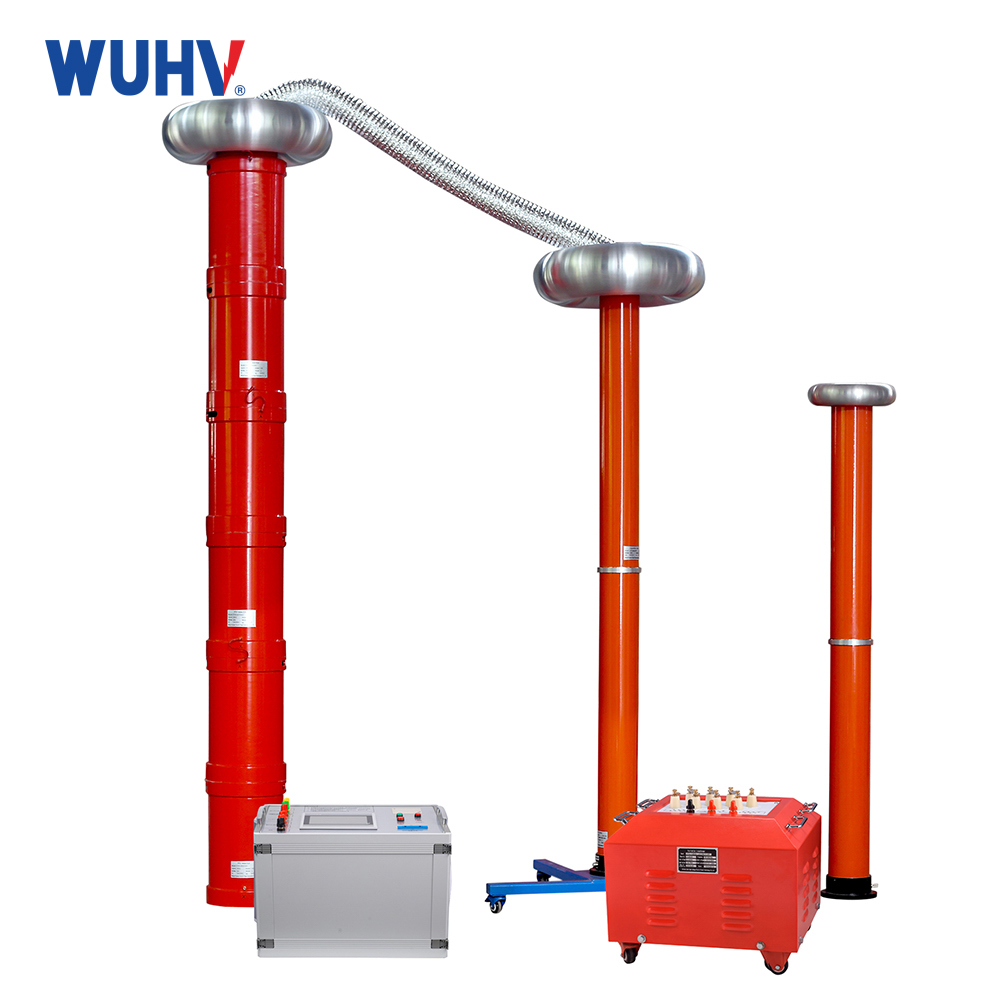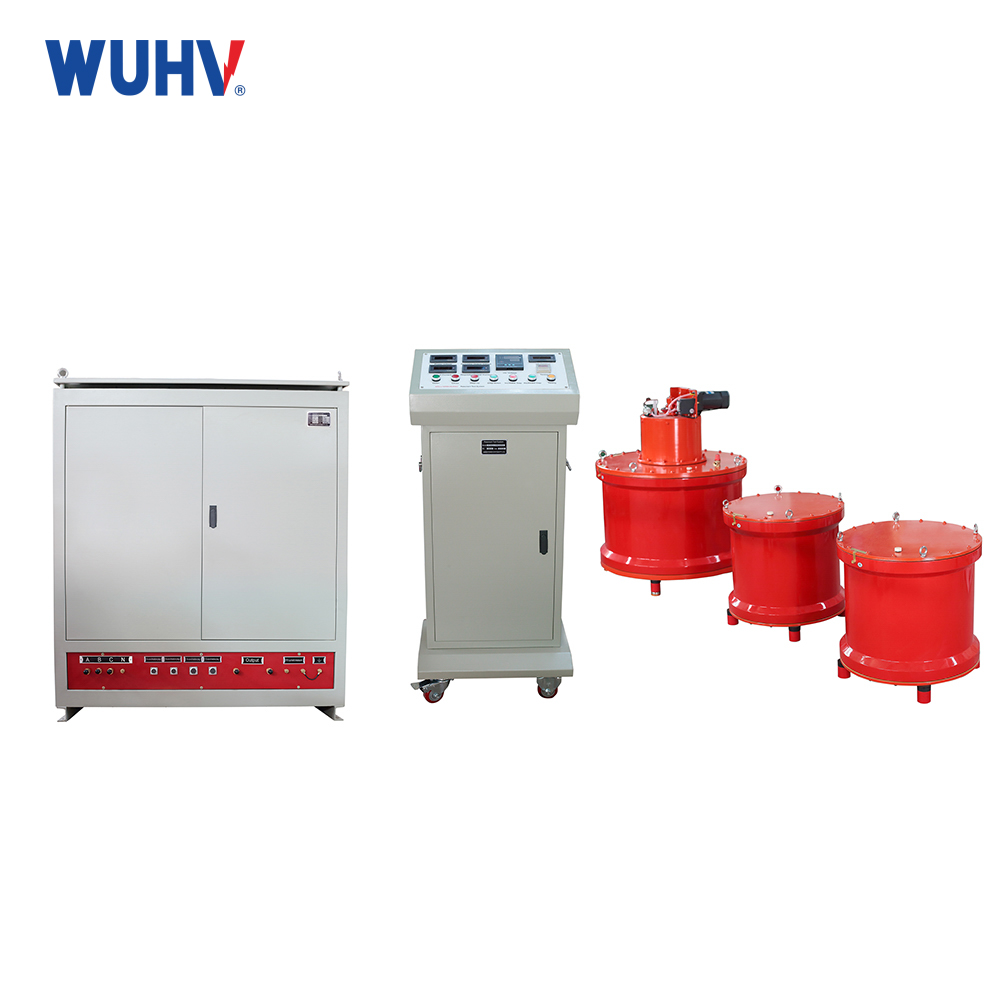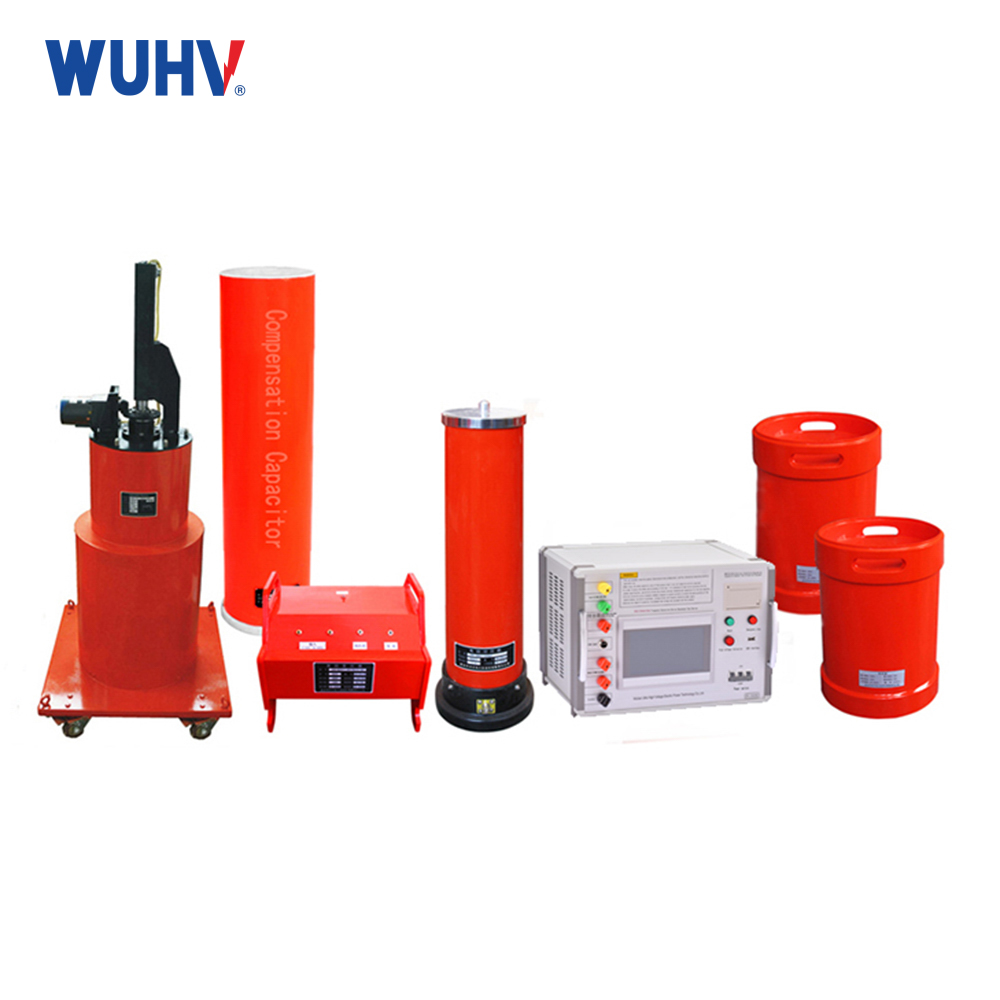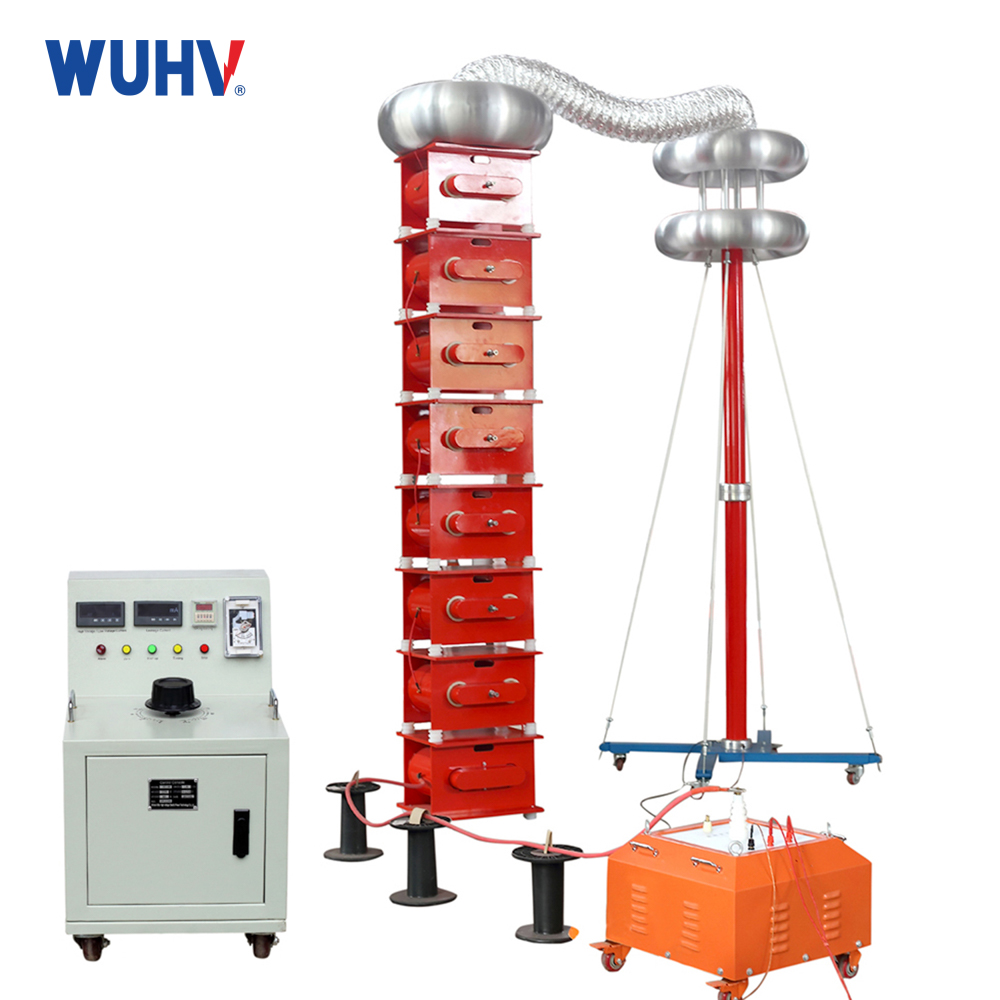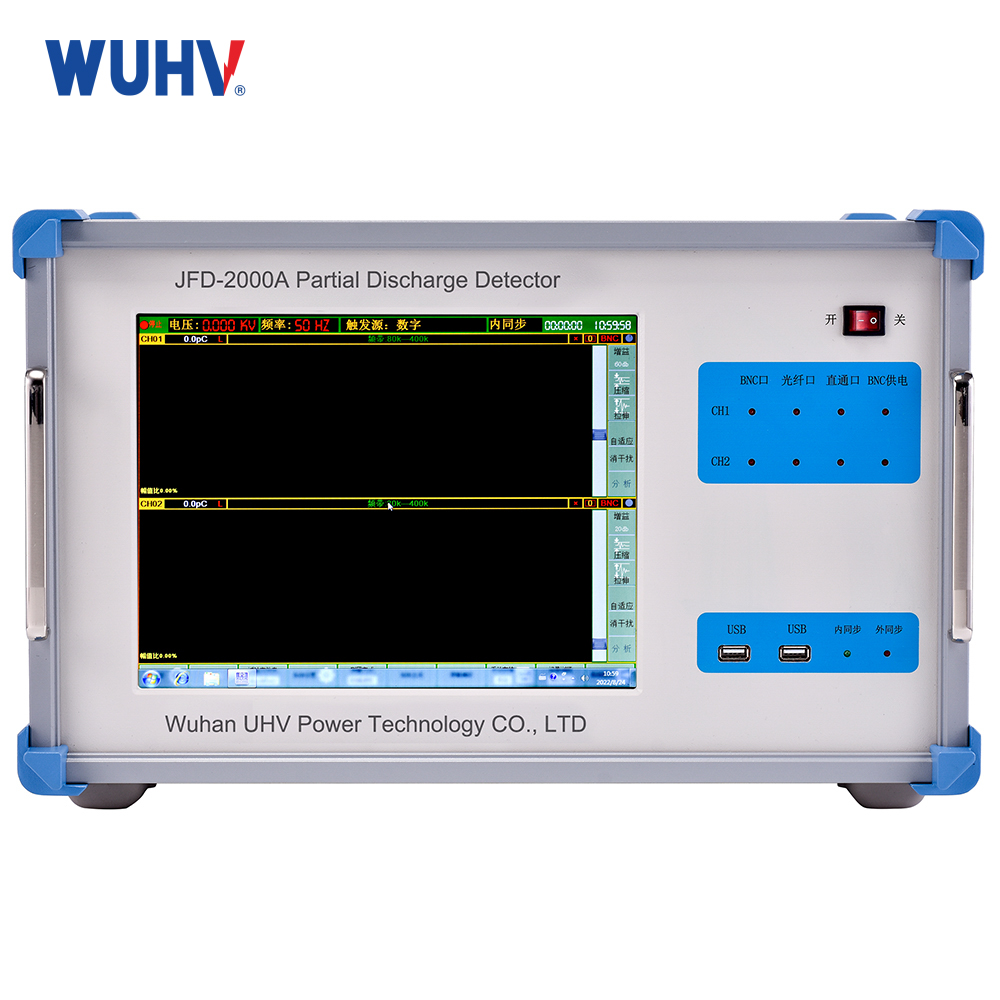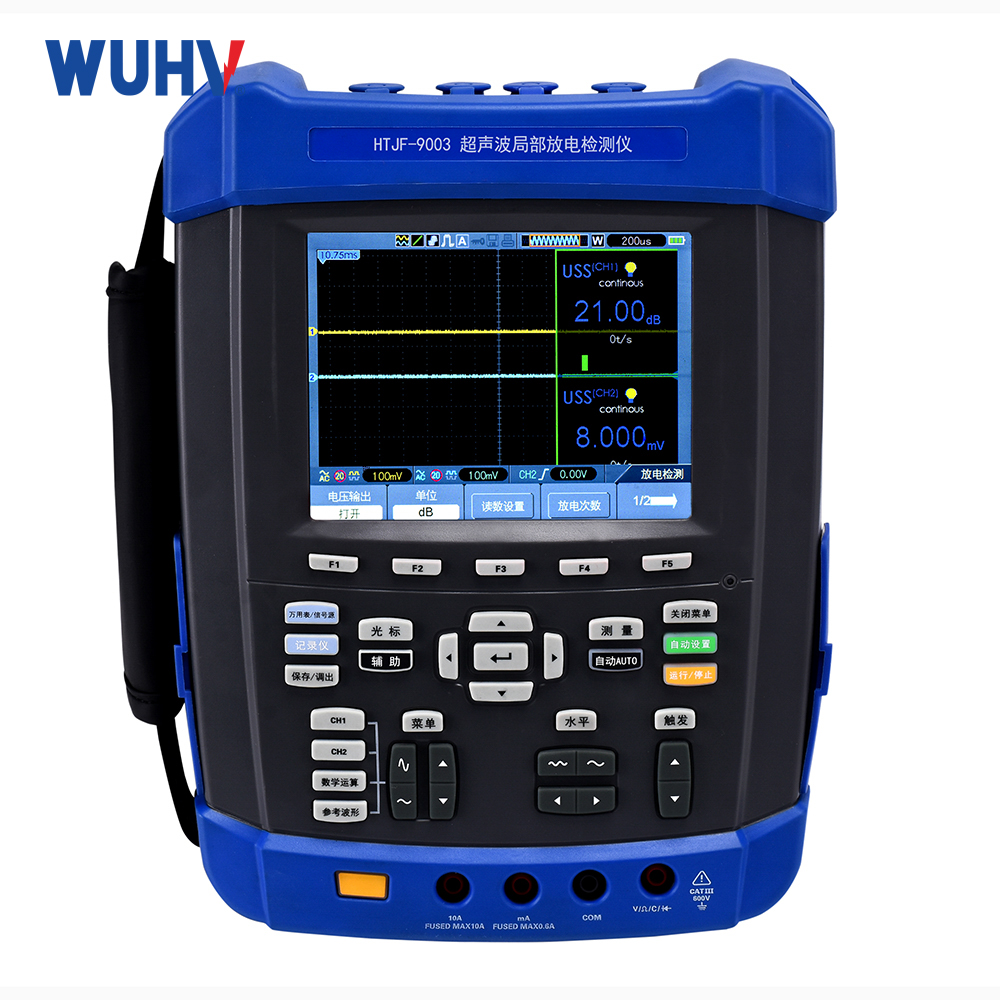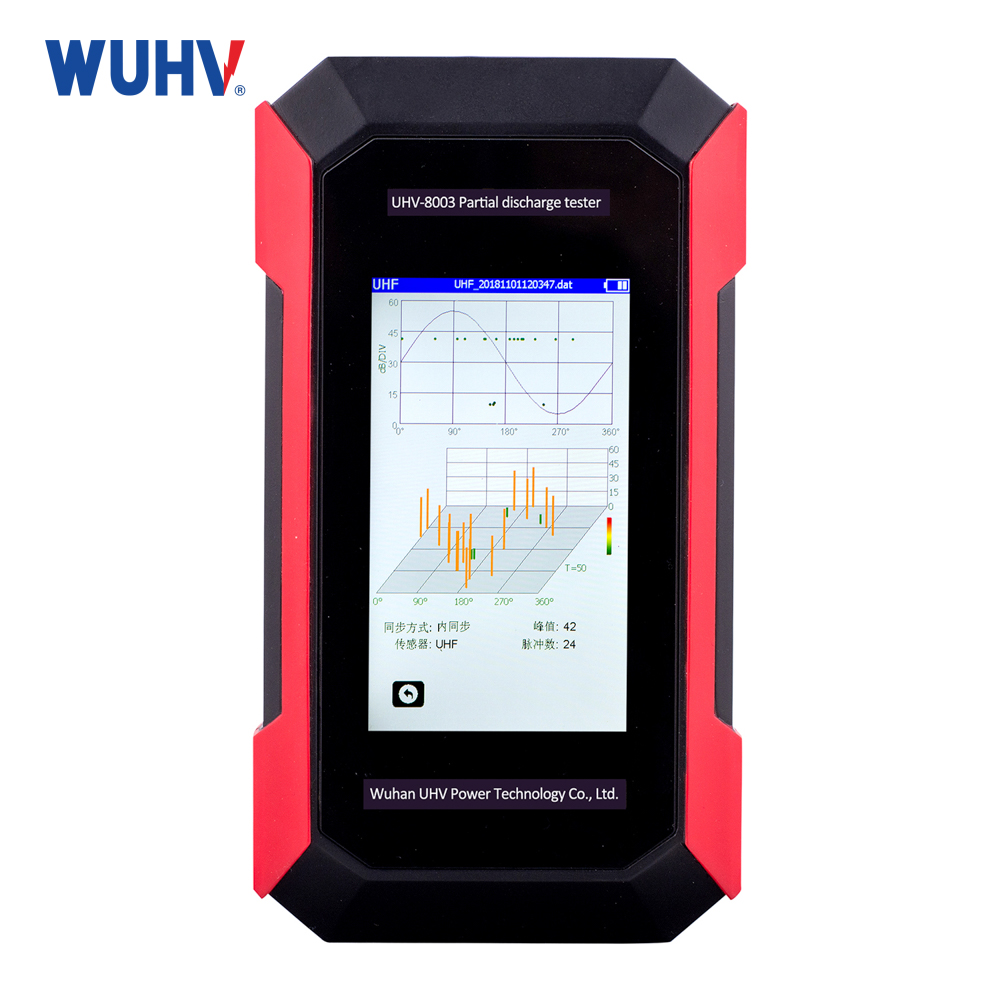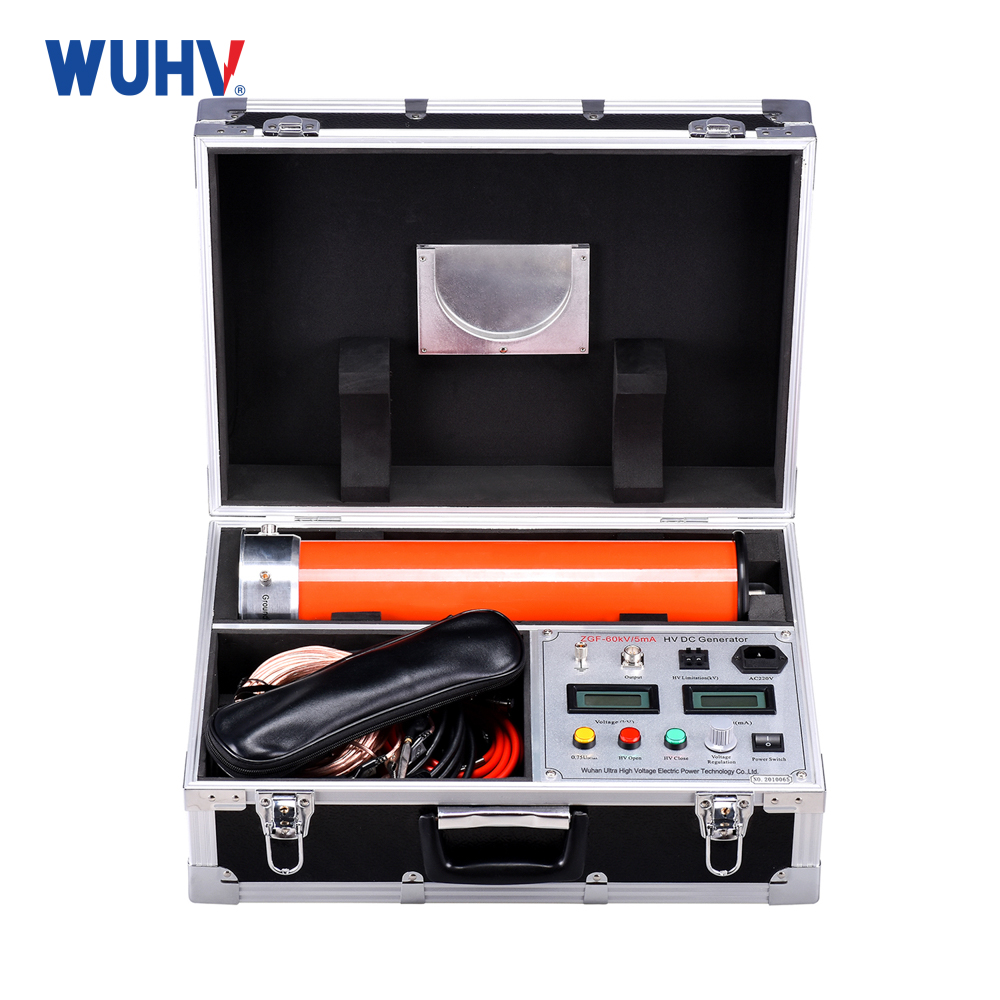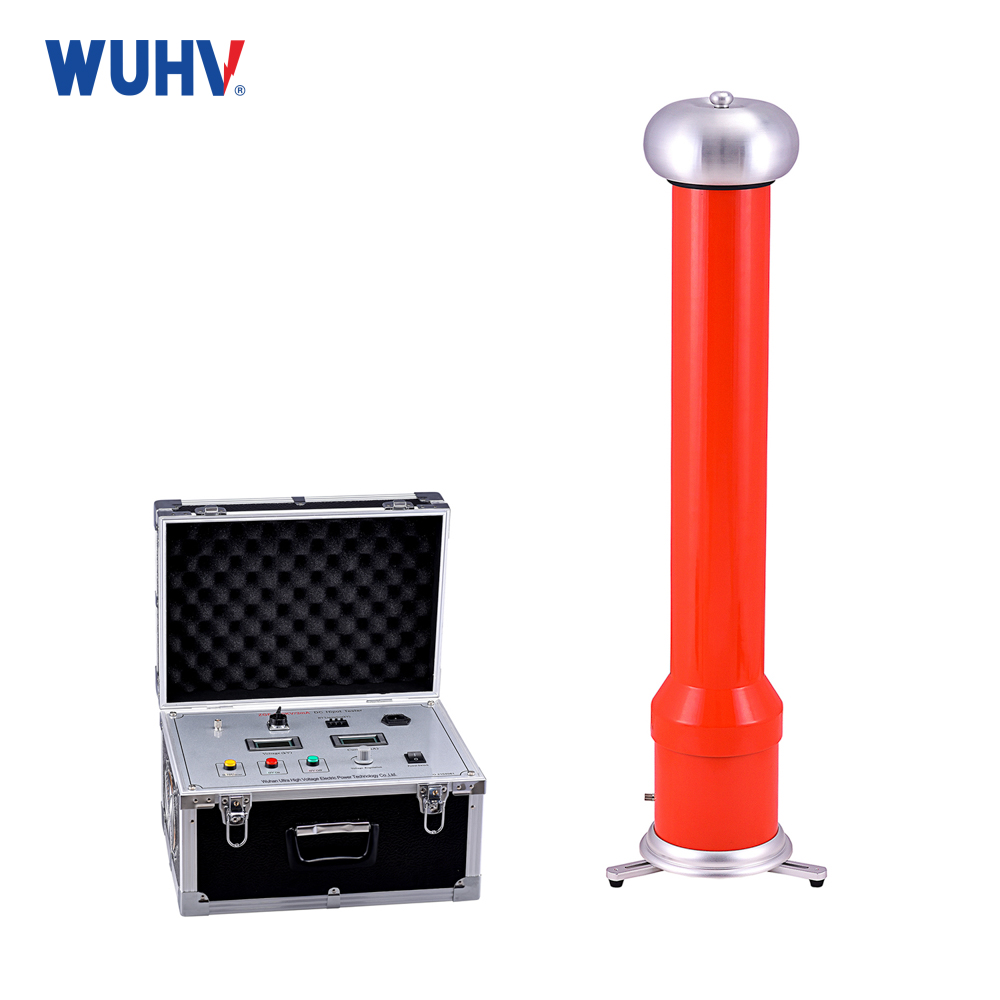The insulator tester under UHV power can help many power workers conduct various power tests more conveniently.
Related terms:
1. Reference cap and pin insulator
XP-70, XP-160, LXP-70, and LXP-160 ordinary disc suspension insulators (according to GB/T 7253) are usually measured for site pollution level using 7-9 strings.
2. Creepage distance
The shortest distance between two conductive parts along the surface of the insulator.
Note: The surface of cement or other non insulating bonding materials is not considered a component of the creepage distance. If some parts of the insulation of the insulator are covered with a high resistance layer, that part should be considered as the effective insulation surface, and the distance along that part should be included in the creepage distance.
3. Unified Specific Creepage Distance (USCD)
The ratio of the creepage distance of an insulator to the maximum operating voltage it can withstand at both ends (the highest phase voltage in AC systems), mm/kV。
4. Salt deposition density (SDD)
The total amount of sodium chloride manually applied to the surface of a given insulator (excluding metal parts and assembly materials) divided by the surface area, mg/cm²。
5. Equivalent Salt Deposition Density (ESDD)
The salt equivalent on the insulation surface of the insulator unit, mg/cm²。
6. Insoluble sediment density (NSDD)
The total amount of insoluble residue cleaned on the insulation surface of the insulator unit divided by the surface area, mg/cm²。
7. Equivalent Salinity of the Site (SES)
The salinity during the salt spray test shall be conducted in accordance with GB/T 4585. The peak leakage current generated in this salinity test under the same insulator and voltage is basically the same as the leakage current under natural pollution conditions on site.
8. Severity of Site Pollution (SPS)
The maximum value of pollution severity ESDD/NSDD or SES measured within an appropriate time period.
9. Serious level of site pollution
Classify pollution severity from extremely mild to extremely severe according to SPS.
10. K1 energy coefficient K1
The ratio of the measured ESDD/NSDD (SES) values of insulators of the same form to the charged and uncharged measured ESDD/NSDD (SES) values, K1, is generally 1.1-1.5.



